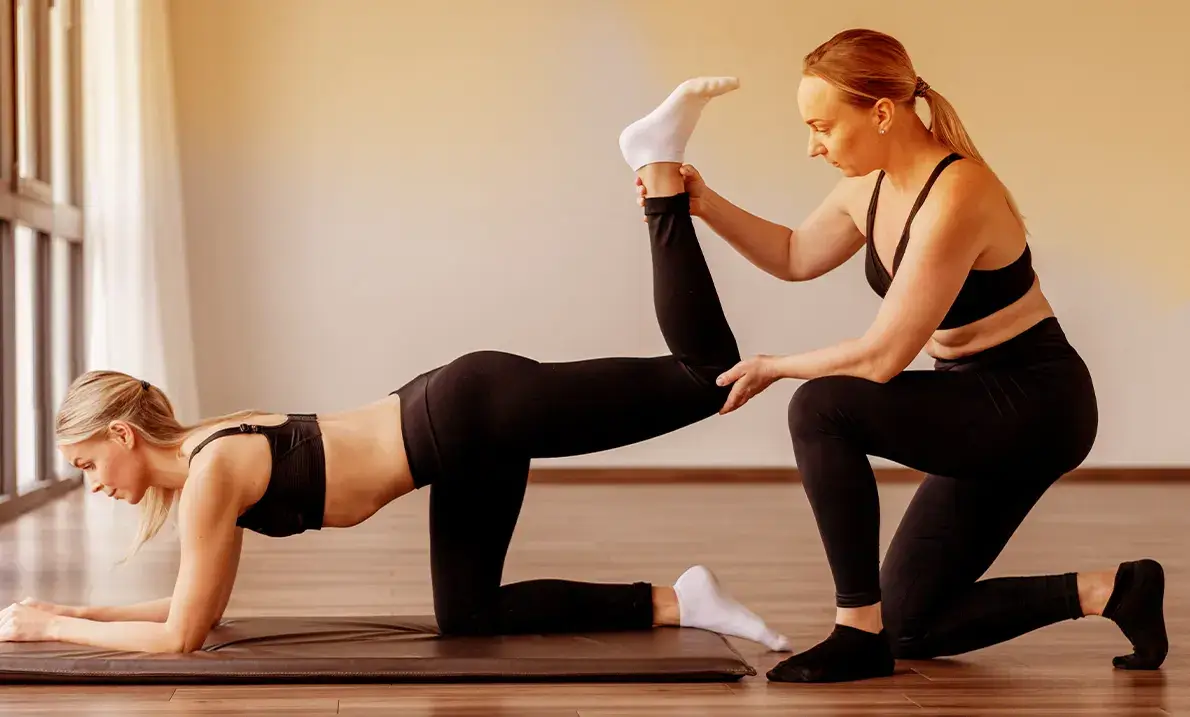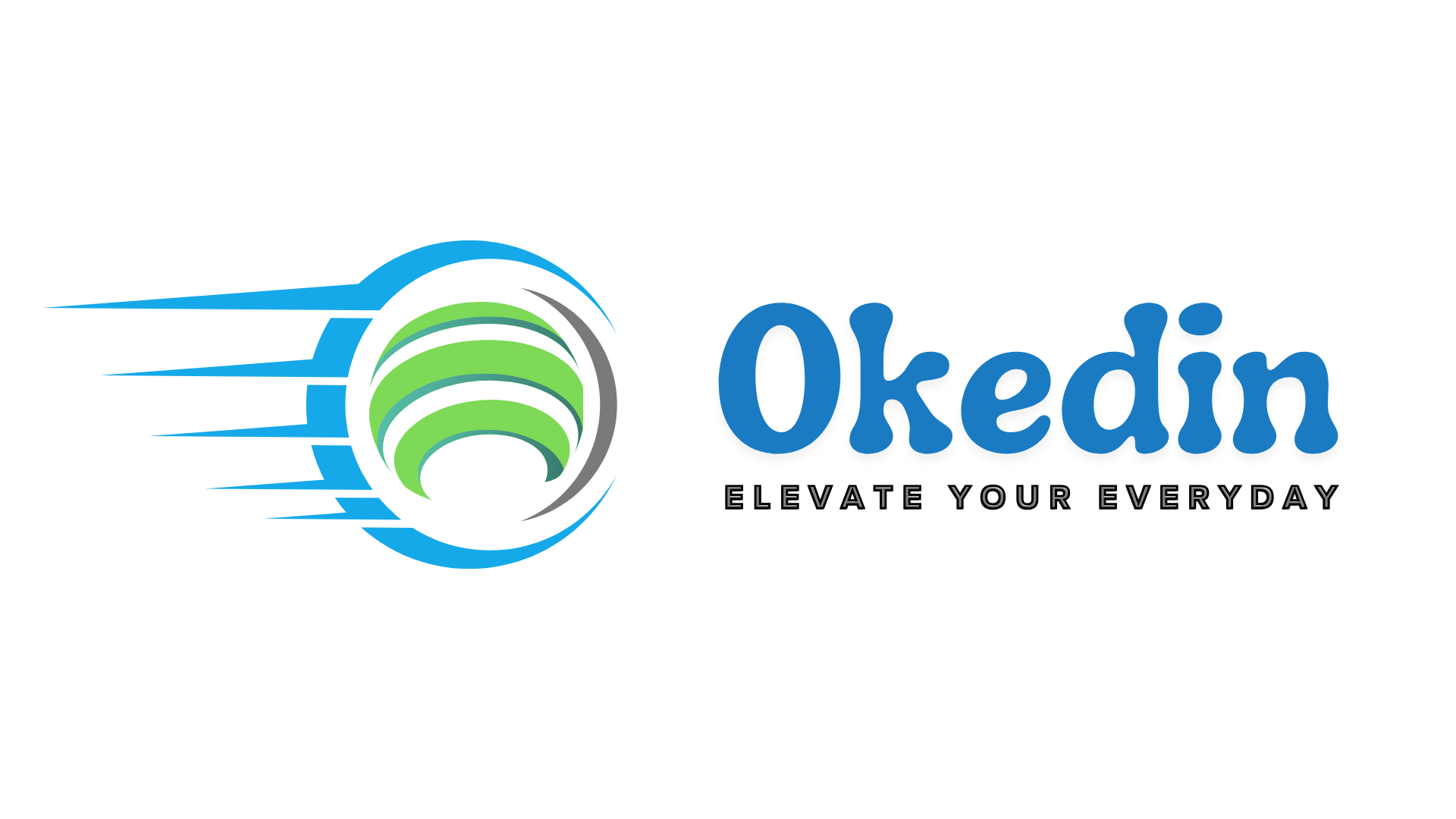A full-body workout is a training regimen that targets all major muscle groups in one session. This approach is not only efficient for those with tight schedules but also highly effective in building strength, endurance, and overall fitness. In this article, we will explore a comprehensive routine that you can integrate into your weekly schedule without needing to spend hours at the gym. Whether you’re looking to improve your physical health, lose weight, or simply feel more energetic, understanding how to create an effective home workout routine for the entire body can help you achieve your goals.
Full-body workout

Embarking on a full-body workout journey doesn’t have to be complicated. It’s about finding movements that engage multiple muscle groups simultaneously while keeping your heart rate elevated. The best part about these workouts is their versatility; they can be tailored to any fitness level, whether you’re a beginner or a seasoned athlete.
The beauty of a full-body routine lies in its ability to create a balanced fitness program that includes strength training, cardiovascular conditioning, flexibility, and balance work. This multifaceted approach helps ensure that no muscle group is neglected and that you develop functional strength applicable in daily life.
When planning your full-body workout, consider incorporating exercises that utilize compound movements—those that engage more than one joint and muscle group. For example, squats not only target the legs but also engage the core and lower back. Pull-ups activate the upper body muscles like the back and arms while also requiring core stability. Below are some key components to consider as we break down the elements of a full-body workout.
Understanding Compound Movements
Compound movements are integral to creating an effective full-body workout routine.
These exercises mimic natural movement patterns, enhancing your functional strength. Think about it: during daily activities, you often use multiple joints and muscles simultaneously. Thus, including compound movements in your workout allows you to build strength that translates to real-world applications.
For instance, the squat is a quintessential example. It requires both your knees and hips to move while engaging muscles across the body, including the quadriceps, hamstrings, glutes, and even the core for stabilization. By focusing on compound exercises, you’ll maximize efficiency and results, meaning you can spend less time working out while still achieving significant gains.
Moreover, these types of exercises tend to elevate your heart rate more than isolated workouts. This leads to improved cardiovascular fitness, making your routines more dynamic and beneficial. Incorporating compound movements can also help conserve time; fewer exercises can accomplish more, enabling you to get a comprehensive workout in under an hour.
Importance of Flexibility and Mobility
Flexibility and mobility are often overlooked components of a full-body workout routine, yet they are crucial for long-term fitness success. Without adequate flexibility, your range of motion during exercises may be limited, reducing the effectiveness of your workouts and increasing the risk of injury.
Incorporating mobility work can enhance your performance in strength training exercises. For example, better hip mobility enhances your squat depth, allowing for a safer and more effective lift. This not only contributes to better muscle growth but also helps in developing coordination and balance, vital attributes for any fitness enthusiast.
Consider integrating dynamic stretches before your workout to prepare your body, such as leg swings or arm circles. Post-workout, static stretches can help elongate the muscles, promote recovery, and aid in preventing soreness. A well-rounded full-body workout routine should encompass flexibility and mobility training, ensuring that your body stays agile and resilient throughout your fitness journey.
The Role of Core Stability
Core stability is fundamental when performing any exercise in a full-body workout. Your core encompasses not just the abdominal muscles but also those in your back, pelvis, and hips. A strong core aids in maintaining balance and proper posture, which is critical when executing complex movements like deadlifts or overhead presses.
Focusing on core exercises such as planks or Russian twists can yield significant benefits. Not only do they build strength, but they also train your body to stabilize itself during movement. This ultimately supports your performance across other exercises, improving your overall strength and reducing the chances of injury.
While many people associate core workouts with aesthetic goals, it’s essential to understand that core stability plays a vital role in everyday movements. Whether bending down to tie your shoes or lifting heavy groceries, a stable core makes everything easier and safer. Hence, including core stability exercises in your routine elevates the effectiveness of your full-body workout significantly.
Effective home workout routine for the entire body
Creating an effective home workout routine for the entire body doesn’t require expensive equipment. With just your body weight or minimal tools like resistance bands or dumbbells, you can achieve impressive results right from the comfort of your home. Here, we will outline various approaches and methods to structure such a workout effectively.
Setting Goals
Before diving into any workout routine, it’s crucial to set clear and attainable goals.
What do you hope to achieve through your full-body workout? Are you aiming to lose weight, gain muscle, improve endurance, or simply maintain a healthy lifestyle? Having specific goals not only provides direction but also helps keep you motivated as you track your progress over time.
Once you’ve set your objectives, make sure to establish a timeline and plan actionable steps toward achieving them. For example, if your goal is to increase your strength, consider how many times a week you’d like to train and which specific exercises align with your goals. Regularly revisit and adjust your goals as you progress to remain challenged and engaged.
Setting goals creates accountability. Whether you decide to enlist a friend to join you in your workouts or share your journey on social media, having someone to support you adds a layer of commitment. At the same time, remember to celebrate your milestones—no matter how small they may seem—as they contribute to your overall fitness journey.
Structuring Your Workout Sessions
An effective home workout routine for the entire body involves careful structuring to ensure each component gets adequate attention. A common approach involves dividing your workout into three main sections: a warm-up, the workout itself, and a cool-down.
Starting with a warm-up is vital to prepare your body for more intense activity. This could include dynamic stretching or light cardio to elevate your heart rate gradually. Next comes the main workout, where you can focus on various compound and isolation exercises targeting different muscle groups. Aim to incorporate pushing, pulling, squatting, and core movements into your routine.
Lastly, finish with a cool-down phase that includes static stretches and deep breathing exercises. This not only promotes recovery but also helps prevent muscle stiffness and soreness. Remember, quality is always more important than quantity; ensure you are using proper form and technique to maximize your efforts.
Choosing the Right Exercises
The selection of exercises plays a crucial role in crafting an effective home workout routine for the entire body. Aim for a diverse mix that challenges multiple muscle groups. Here’s a breakdown of some potent exercises to include:
- Push-ups: Excellent for building upper body strength while engaging the core.
- Squats: Target the legs and glutes, enhancing lower body strength and stability.
- Lunges: Improve unilateral strength and balance, helping correct muscle imbalances.
- Plank variations: These not only strengthen the core but also challenge the shoulders and back.
- Burpees: A full-body movement that combines strength and cardio, excellent for boosting endurance.
This variety ensures that different muscles are worked throughout the week, promoting balanced development and preventing plateaus. Remember to listen to your body; if something feels uncomfortable or painful, modify the exercise or take a rest.
Creating a Weekly Schedule
Having a weekly schedule helps maintain consistency, a vital part of any successful workout routine.
Start by determining how many days you can realistically commit to exercising. Depending on your schedule, choosing 3-5 days per week for workouts may suit you best. Then, allocate specific days for your full-body workouts, giving your muscles adequate time to recover between sessions.
You might choose to incorporate additional forms of training on alternate days, such as cardio or flexibility work. This will help ensure that your overall fitness remains well-rounded, as neglecting certain areas can lead to weakness and injuries in the long term.
Consider actively tracking your workouts in a journal or an app. Recording your exercises, sets, and repetitions not only keeps you accountable but also allows you to recognize patterns over time. You can adjust your routine based on what works best for you, ensuring continued progress toward your fitness goals.
Conclusion
An ultimate full-body workout routine offers a wealth of benefits, from building strength and endurance to improving overall fitness and health. By understanding the importance of compound movements, flexibility, core stability, and setting clear goals, you can develop a structured and effective home workout routine for the entire body.
Remember, consistency and patience are key to reaching your fitness objectives. Embrace the process, stay committed, and allow your body to adapt and grow stronger with each workout. As you embark on this journey, celebrate every milestone along the way, and enjoy the newfound energy and vitality that comes from investing in your health. Happy training!


